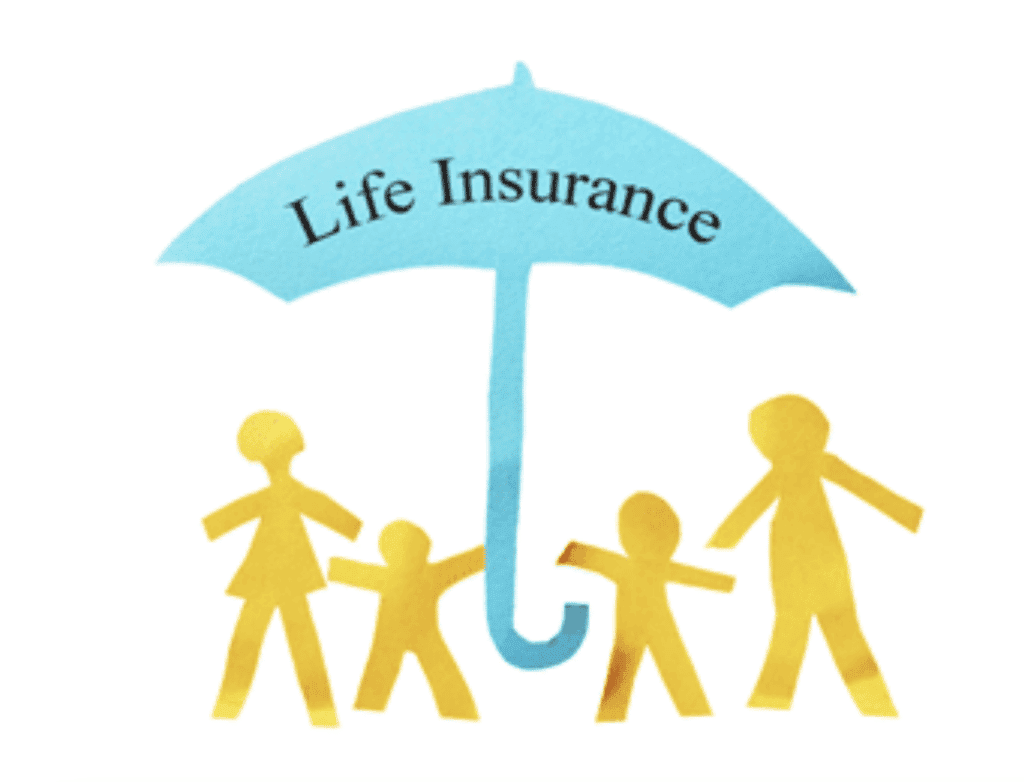
There is a tremendous amount of policy options and variations all sold under the title of “Life Insurance” that leaves many people with very little coverage or understanding of their coverage. However, by understanding the basics of Life Insurance you can become an informed customer and make sure your loved ones are protected. MB Health is here to help you find the right Life Insurance for you and your family. Now, let’s get into the 3 essential types of Life Insurance.
1.) Term Insurance
Term Insurance simply means buying Life Insurance for a specified term.
- The ‘Simplest’ of the three types
- One buys or ‘rents’ protection for a specified term (e.g. a 5, 15, or even a 30-year term)
o During this specified term, the premium and coverage will NOT change
- Has a low cost (low premium) for a larger amount of protection compared to other forms of Life Insurance
- But does not provide coverage through to older age. Once the term period is over, the premium will increase substantially
o Even if you want or need the coverage to continue, the price for extending coverage will be significant (If even possible!).
2.) Whole Life Insurance
Just like the name implies, a Whole Life policy provides coverage for ‘as long as one should live’, regardless of their age.
- Whole life policies guarantee the premium and the coverage for the entire length of one’s life
- The premium for Whole life policies are considerably MORE than Term policies. Typically, the premium difference is so great, that many Whole Life Policy Holders are under insured (Don’t have enough coverage to completely protect their family)
- Because of the higher premiums and the lower amounts of coverage, today Whole Life policies are rarely used
o Many people misuse the term ‘Whole Life Insurance’ to describe an UL (AKA: Universal or Adjustable Life) policy!
3.) UL Policies (Universal or Adjustable Life Policies)
Today, most typical consumers will use either a Term Insurance Policy or a UL policy. UL policies are intended to cover a longer period than Term Insurance, so they cover you to a much older age than a typical Term Policy.
- Level premium and level coverage for LONG periods of time, allowing for accumulation of Cash Value or Equity within the policy
- UL policies are flexible in the length of the time the policy provides
- Coverage can be extended or shortened by simply paying more or less
The Advantage of a UL Policy is Flexibility
- The MORE premium one sends in, the LONGER the policy will last
- The LESS premium one sends in, the SHORTER the policy will last.
· This allows the insured to ‘change’ their premium commitment in response to changes in life’s circumstances. This flexibility is the strength of an UL Policy
In Conclusion
I hope this information makes you a better advocate for yourself and your family. If you are considering a Life Insurance Policy, and need more help in finding the policy right for you & your family, come to MB Health for our expert advice.
